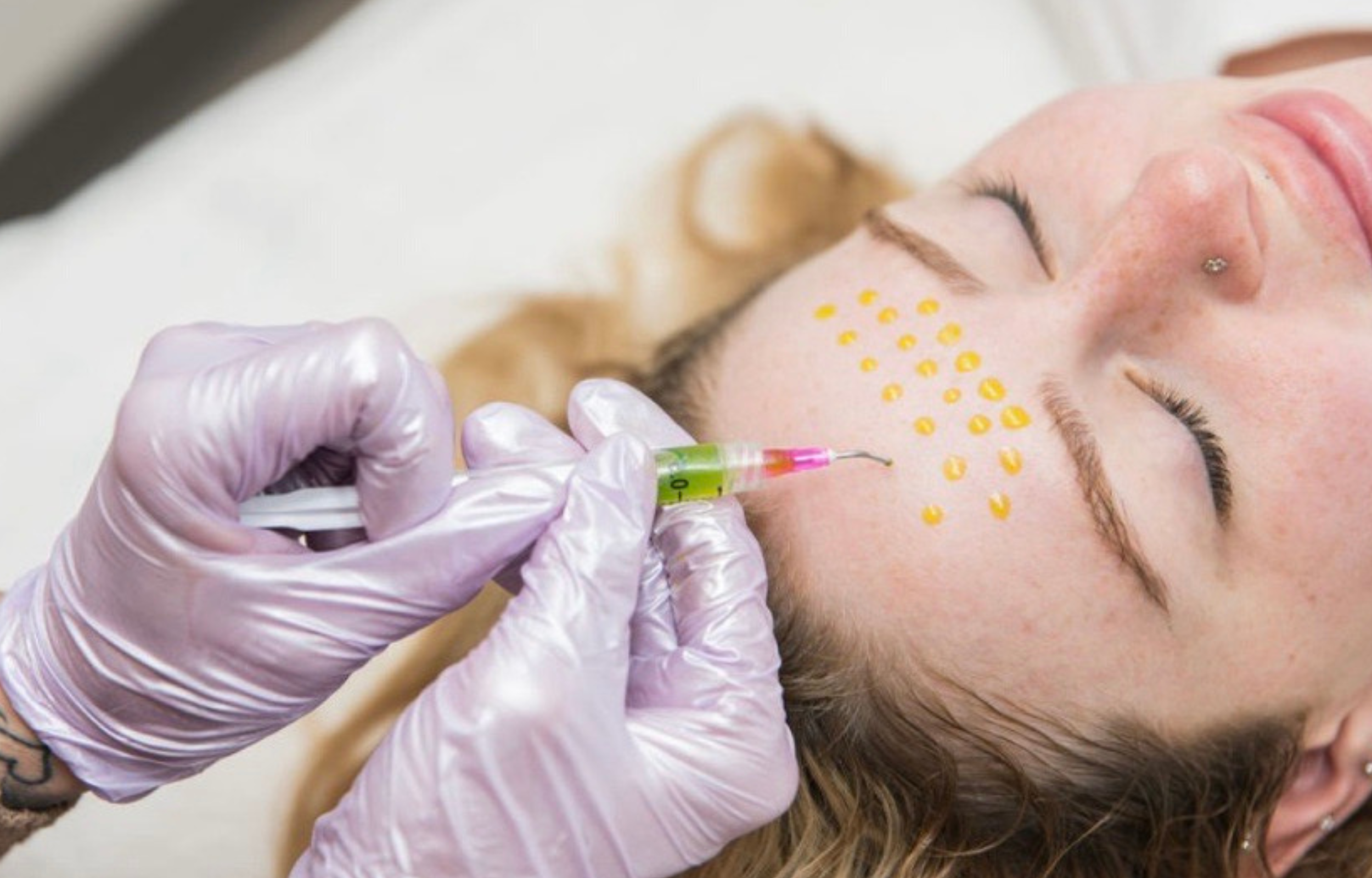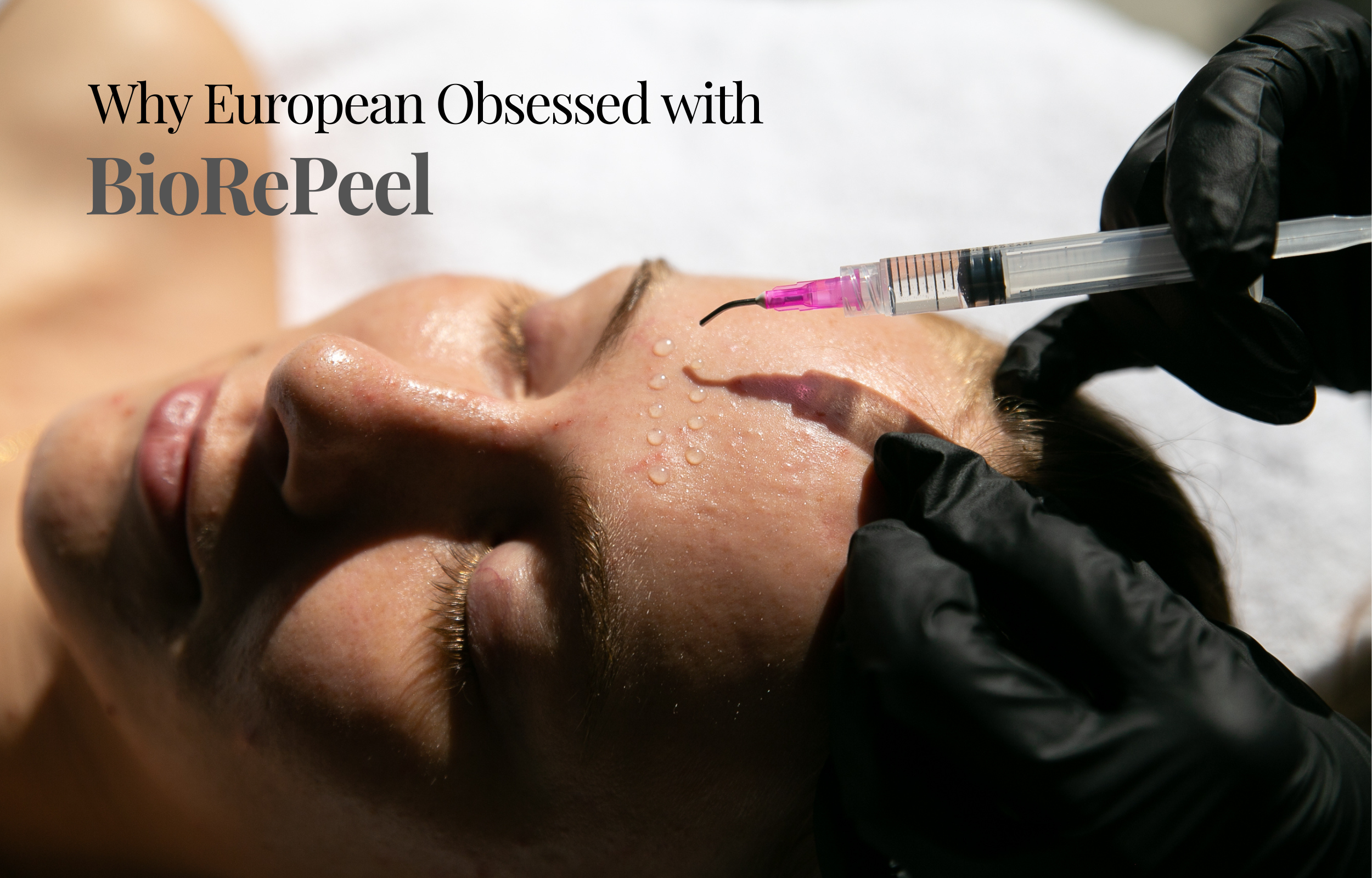Acne - The Truth About How to Treat Your Acne-Prone Skin
Let’s be honest - acne can feel like it takes over your life. You try every cleanser, every “miracle” product, every diet tweak… and somehow those breakouts still show up. Whether it’s an occasional pimple that pops up before a big event or stubborn, painful cysts that linger for weeks, acne can impact not just your skin but your confidence and peace of mind.
You deserve real answers - not empty promises. So let’s clear up the confusion together. In this guide, we’ll walk through what actually causes acne, the different types of breakouts, and how you can care for your skin in a way that feels sustainable, gentle, and effective.
So, What Actually Causes Acne?
First things first - acne does not mean you’re dirty or doing something wrong. It happens when several factors inside and outside your body team up to clog your pores. Here’s what’s going on under the surface:
1. Your Skin’s Natural Oil
Your skin makes oil (called sebum) to stay healthy and protected. But sometimes, your oil glands produce a little too much, especially if your hormones are fluctuating. That excess oil mixes with dead skin cells and creates sticky plugs inside your pores.
2. Dead Skin That Doesn’t Shed Properly
Normally, old skin cells flake away. But if they build up, they get trapped in pores along with oil, forming the starting point of acne.
3. Acne-Causing Bacteria
A type of bacteria called Cutibacterium acnes naturally lives on everyone’s skin. But when it gets stuck inside a clogged pore, it multiplies and sparks inflammation-turning a tiny blockage into a red, swollen pimple.
4. Hormonal Changes
This is one of the biggest reasons acne shows up in your teens-and why it often returns during adulthood. Periods, pregnancy, menopause, or health conditions like PCOS can throw your hormones out of balance and lead to more oil production.
5. Daily Habits & Environment
You might be surprised by how much your everyday routine affects breakouts:
Stress (which raises cortisol and oil production)
Lack of sleep
A diet high in sugar or processed foods
Wearing masks or helmets
Using skincare or hair products that clog pores
Bottom line: Acne has a lot of moving parts. And that’s why tackling it takes more than just washing your face.
Types of Acne
Not all acne looks or behaves the same. Some types respond well to over-the-counter treatments, while others need professional care. Learning what’s happening on your skin can help you feel more in control.
Here’s a simple breakdown:
Non-Inflammatory (Blackheads, Whiteheads)
Blackheads (Open Comedones)
These are small dark spots that form when a pore gets blocked with oil and dead skin, but stays open at the surface. The black color is just oxidation-not dirt.
Whiteheads (Closed Comedones)
These look like tiny white bumps and happen when the top of the clogged pore seals shut.
Good news: Non-inflammatory acne often improves with consistent gentle exfoliation
Inflammatory (Papules, Pustules, Nodules, Cysts)
Papules
Small, red bumps that feel tender. These don’t have visible pus.
Pustules
Similar to papules, but with a white or yellow center. These are what most people picture when they think of “pimples.”
Nodules
Large, hard bumps deep under the skin. They can be painful and slow to heal.
Cysts
Deep, pus-filled lumps that often leave scars. If you have cystic acne, it’s a good idea to see a dermatologist sooner rather than later.
Inflammatory acne is harder to manage with drugstore products alone—so don’t hesitate to get professional support.
How to Care for Acne-Prone Skin
If you’ve been stuck in a cycle of trying everything and seeing no improvement, you’re not alone. Here are some evidence-based steps you can start implementing, one by one, to help calm your skin.
Related blog: The Truth About How to Treat Your Acne-Prone Skin
1. Wash Gently (Really Gently)
Over-cleansing or scrubbing too hard will only irritate your skin.
Use a mild, pH-balanced cleanser twice a day.
Avoid rough exfoliating scrubs or harsh soaps.
Pat your face dry with a clean towel—don’t rub.
2. Use Targeted Treatments
Here’s where you can tailor your routine to your acne type:
Salicylic Acid (BHA): Helps unclog pores.
Benzoyl Peroxide: Kills acne bacteria.
Retinoids: Increase cell turnover and prevent pores from getting blocked.
If you have cystic or severe acne, prescription treatments or procedures may be needed.
3. Keep Your Skin Hydrated
Yes - moisturizing matters, even if your skin is oily. Dehydration can make breakouts worse by triggering more oil production.
Look for lightweight, non-comedogenic moisturizers with:
Hyaluronic acid
Ceramides
Niacinamide
4. Wear Sunscreen Every Day
Sun damage doesn’t help acne-plus it can make post-breakout marks last longer. Choose an oil-free, mineral or chemical free sunscreen made for acne-prone skin.
5. Check in with Your Lifestyle
Diet: Try reducing processed sugar and dairy to see if you notice changes.
Stress: Incorporate activities that help you decompress.
Hygiene: Change pillowcases often and clean your phone screen.
Hands Off: Avoid picking or squeezing—tempting as it is.
6. When to See a Skin Specialist
If you’ve been consistent for 2–3 months with no progress, or you have deep, painful acne that scars, it’s time to get professional advice. A dermatologist can prescribe stronger treatments or offer procedures like BioRePeel or light therapy.
Quick Reference: Your Acne Toolkit
Cleanser: Gentle, non-stripping
Treatment: Salicylic acid, benzoyl peroxide, retinoid
Moisturizer: Lightweight hydration
Sunscreen: Every morning
Lifestyle: Sleep, diet, stress management
A Gentle Reminder
Acne doesn’t define you. It’s not a sign of failure or something to be ashamed of. It’s simply a skin condition that millions of people experience-including many you’d never suspect.
Healing takes time, patience, and a little self-compassion. The most powerful thing you can do is to start small, stay consistent, and know you deserve support along the way.
If you’d like help creating a personalized routine, or if you feel stuck, don’t hesitate to reach out to a skincare professional. You deserve to feel confident and comfortable in your own skin.
Watch on Instagram






























Discover the power of IPL at Skin Bliss Med Spa. Effectively treat stubborn age spots, hyperpigmentation, broken capillaries, and rosacea with minimal downtime. See results in 1-2 sessions!